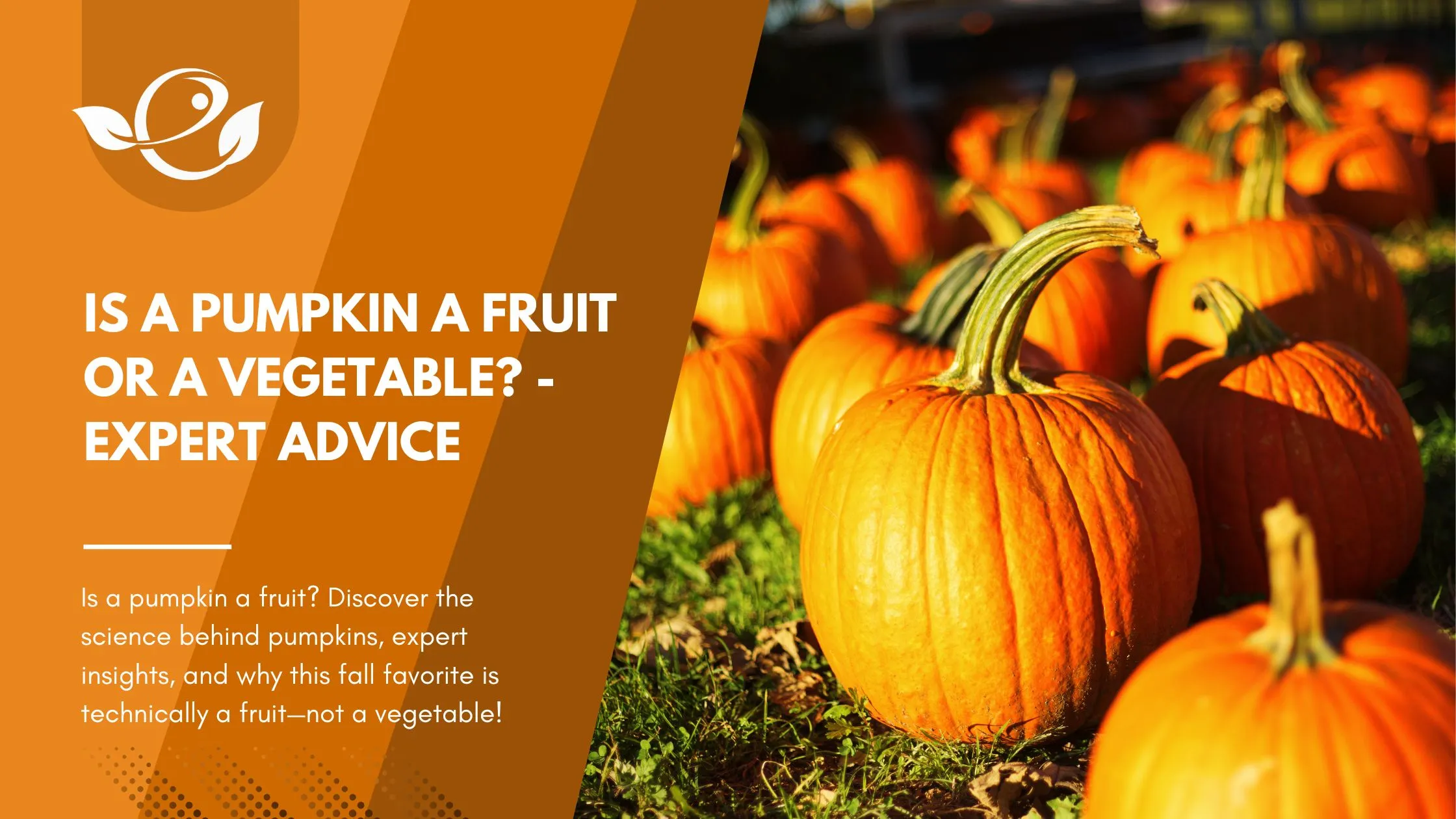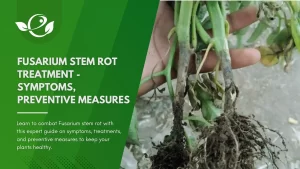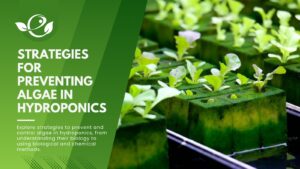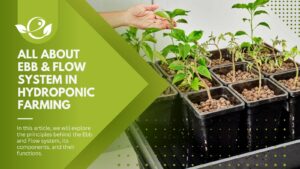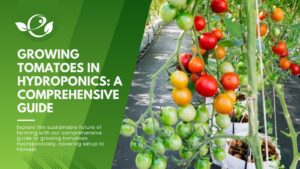Table of Contents
Imagine walking through a crisp autumn afternoon, where vibrant orange hues paint the landscape and pumpkins take center stage in both festive décor and hearty feasts. But amid the seasonal splendor, a curious question lingers: “Is a pumpkin a fruit?“ While our kitchens treat pumpkins as savory vegetables, science tells a different story. In this article, we dive into the fascinating world of pumpkins—from their botanical beginnings to their culinary versatility—revealing expert insights that challenge common misconceptions and celebrate the true nature of this iconic produce. Get ready to uncover the surprising truth behind the pumpkin’s dual identity and discover why it’s much more than meets the eye.
Botanical Perspective: Why Pumpkins Are a Fruit
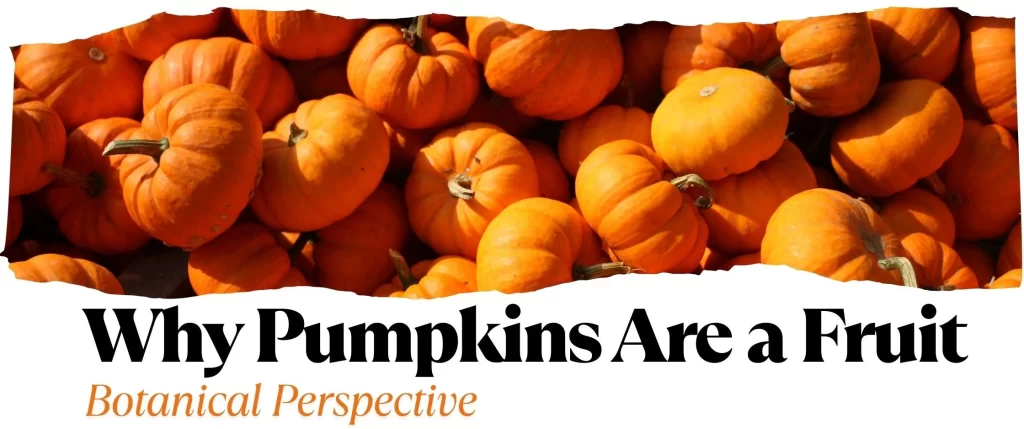
From a botanical standpoint, pumpkins unequivocally qualify as fruits. Here’s an in-depth look into the scientific reasoning behind this classification:
The Science Behind Fruit Formation
In botanical terms, a fruit is defined as the mature ovary of a flowering plant, usually containing seeds. After a flower is pollinated, its ovary begins to develop and eventually matures into a fruit. This transformation is crucial for the reproduction of the plant, as the fruit not only protects the developing seeds but also often aids in their dispersal. In the case of pumpkins:
- Pollination Process:
Once a pumpkin flower is pollinated—typically by bees or other pollinators—the fertilized ovary starts to enlarge and develop into what we recognize as a pumpkin. This process is essential for fruit development and is a hallmark of reproductive biology in flowering plants. - Seed-Bearing Structure:
As the pumpkin matures, it encapsulates multiple seeds within its fleshy interior. The presence of these seeds is a definitive characteristic of a fruit, confirming its botanical identity.
Detailed Botanical Classification
Pumpkins belong to the Cucurbitaceae family, which includes a wide variety of plants like cucumbers, melons, and squashes. Within this family, pumpkins are classified as pepos. Pepos are a special type of berry characterized by:
- A Hard, Thick Rind:
Unlike many soft berries, pepos develop a robust, leathery outer layer. This rind provides protection against physical damage and environmental factors, ensuring that the seeds remain secure until they are ready to be dispersed. - Fleshy Interior:
Beneath the tough exterior lies a soft, nutrient-rich interior that houses the seeds. This combination of a hard rind and soft flesh is typical of fruits in the Cucurbitaceae family. - Simple Fruit Structure:
Pumpkins are considered “simple fruits” because they develop from a single ovary of a single flower. This is in contrast to aggregate fruits, which form from multiple ovaries of one flower. The simplicity of their structure reinforces their botanical classification as fruits.
How Pumpkins Fit the Fruit Definition
“Anything that starts from a single flower is classified botanically as a ‘simple fruit’,” explains Joe Masabni, Ph.D., from Texas A&M AgriLife Extension Service.
The process by which pumpkins develop encapsulates all the hallmarks of fruit formation:
- Originating from the Flower:
The journey of a pumpkin starts at the flower, where the ovary is fertilized. Its evolution from flower to mature fruit is driven by natural processes designed to protect and nurture the seeds. - Encasing the Seeds:
As the ovary enlarges and transforms, it creates a fruit that not only nourishes the developing seeds but also ensures their eventual dispersal through consumption by animals or environmental mechanisms. - Protective Features:
The tough outer rind of the pumpkin is a protective adaptation seen in pepos. This not only aids in seed preservation but also contributes to the longevity and durability of the fruit.
Understanding this botanical process clears up the confusion: when asked, “Is a pumpkin a fruit?”, the answer is a resounding yes—from a scientific viewpoint.
Culinary Perspective: Why Pumpkins Are Treated as Vegetables
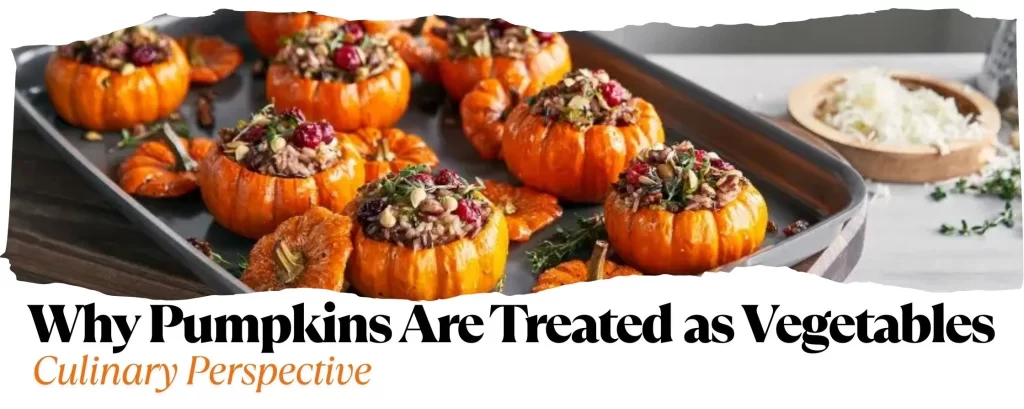
The Role of Culinary Tradition
In the kitchen, definitions are driven by taste and usage rather than strict botanical criteria. While pumpkins are fruits by definition, their less-sweet flavor profile often leads chefs and home cooks to use them as vegetables.
- Savory Dishes: Pumpkins feature prominently in soups, stews, and roasted dishes.
- Dessert Versatility: Their unique texture and flavor also make them ideal for pumpkin pie and other sweet treats.
This duality is part of the everyday culinary experience. As one chef notes, “We use pumpkins in both savory and sweet applications, which shows how versatile this produce really is.”
Bridging the Gap
The discrepancy between botanical science and culinary tradition highlights a broader truth: many of the foods we label as vegetables (like tomatoes, cucumbers, and eggplants) are botanically fruits. Thus, while “is a pumpkin a fruit?” may be scientifically accurate, its everyday usage as a vegetable is equally valid.
Nutritional Benefits of Pumpkin

Pumpkin Is A Nutrient Powerhouse
Pumpkins are celebrated not only for their versatility but also for their impressive nutritional profile. They are low in calories and packed with essential vitamins and minerals.
- Vitamins and Minerals:
- Vitamin A: Derived from beta-carotene, crucial for vision and immune health.
- Vitamin C: Supports immune function and skin health.
- Potassium and Magnesium: Aid in regulating blood pressure and maintaining heart health.
- Fiber:
- One cup of mashed pumpkin is rich in dietary fiber, promoting satiety and supporting digestive health.
- Antioxidants:
- Compounds such as beta-carotene, alpha-carotene, and beta-cryptoxanthin help combat oxidative stress, reducing the risk of chronic diseases.
The Superfood Status of Pumpkin Seeds
Beyond the flesh of the pumpkin, its seeds—or pepitas—offer additional health benefits:
- Protein and Healthy Fats: A serving of roasted pumpkin seeds is an excellent source of protein and heart-healthy fats.
- Dietary Fiber: Whether consumed with the shell or without, pumpkin seeds contribute to overall fiber intake, supporting digestive wellness.
These nutritional attributes make pumpkins a valuable addition to a balanced diet, addressing the question “is a pumpkin a fruit?” not only in botanical terms but also in its role in promoting health.
The Overlap and Ongoing Debate
Understanding the Dual Identity of Pumpkin
The confusion surrounding pumpkins stems from the intersection of botanical classification and culinary tradition. In scientific circles, the definition is clear-cut: pumpkins are fruits. However, in the kitchen, their savory applications lend them the status of a vegetable.
- Botanical vs. Culinary:
- Botanical: Focuses on the plant’s reproductive structures (i.e., the flower and its seeds).
- Culinary: Focuses on flavor profiles and typical usage in recipes.
This duality is not unique to pumpkins. Many fruits—such as tomatoes and cucumbers—are commonly used as vegetables, illustrating that both perspectives are valuable depending on the context.
Embracing Both Definitions
By understanding both viewpoints, consumers and cooks can appreciate the full spectrum of what pumpkins offer. Whether you’re carving one for Halloween or simmering it in a hearty soup, recognizing that “is a pumpkin a fruit?” is as much about science as it is about tradition, enriching our culinary experiences.
Exploring Pumpkin Varieties
Pumpkins come in a variety of shapes, sizes, and colors, each suited to different purposes—both decorative and culinary.
Common Varieties of Pumpkin
- Pie Pumpkins: Medium-sized and ideal for making smooth, flavorful pumpkin pies.
- Gladiator Pumpkins: Large and robust, perfect for hearty recipes or as impressive centerpieces.
- Jack-O’Lantern Pumpkins: Traditionally carved during Halloween, they also serve well in cooked dishes.
- Heirloom Varieties: Unique shapes and colors, such as the French Red or Turban pumpkin, add visual and culinary interest.
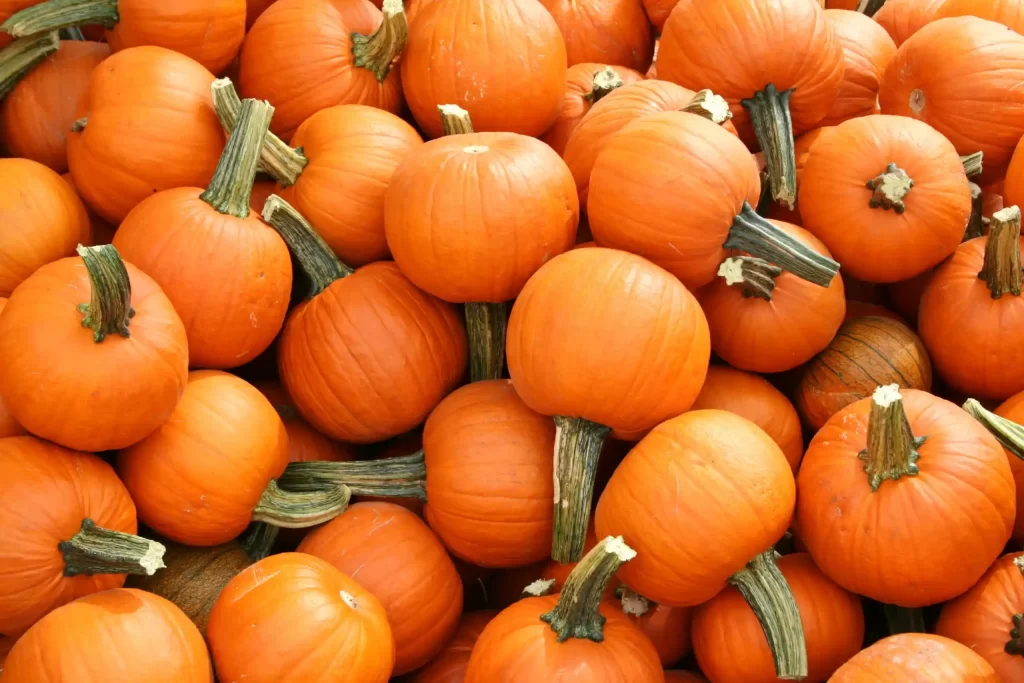
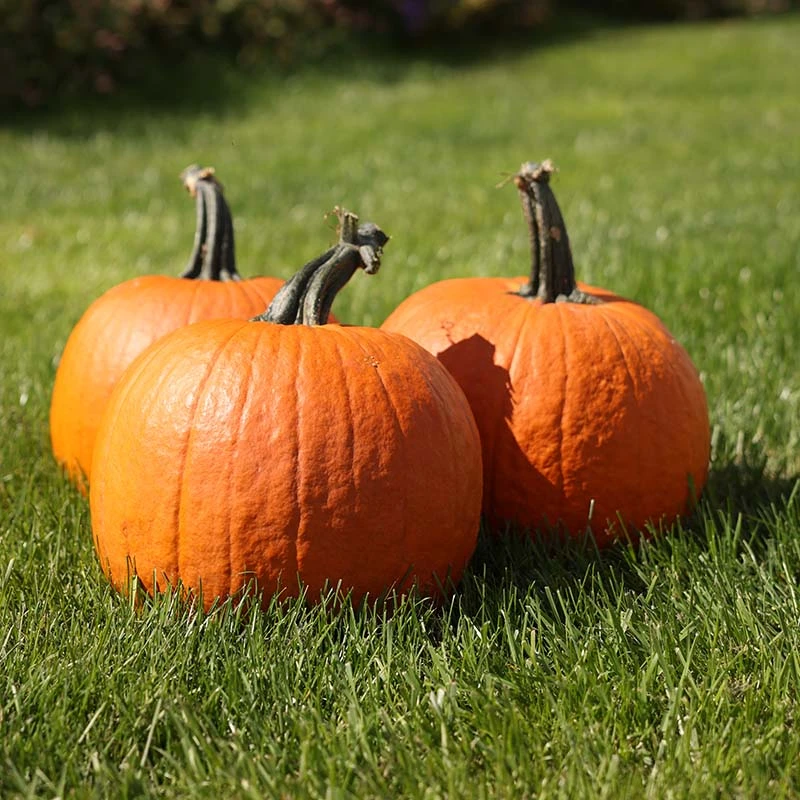


The Appeal of Diversity
The wide range of pumpkin varieties allows for both creative cooking and stunning fall décor. Each type brings a unique texture and flavor, ensuring that every use—from savory stews to sweet desserts—can be tailored to perfection.
Pumpkin Seeds: Tiny Nutrient Powerhouses
Often overlooked, pumpkin seeds are a remarkable part of the fruit.
Nutritional Highlights
- Protein: Essential for muscle repair and growth.
- Healthy Fats: Contribute to heart health and provide sustained energy.
- Fiber: Supports digestive health and contributes to a feeling of fullness.
- Micronutrients: Rich in magnesium, zinc, and antioxidants, which support overall well-being.
Culinary Uses
Pumpkin seeds can be enjoyed roasted as a snack or incorporated into recipes ranging from granola to salads. Their crunchy texture and nutty flavor provide a delightful contrast to softer ingredients, further expanding the culinary potential of the pumpkin.
Conclusion
The debate “is a pumpkin a fruit?” is settled by understanding that pumpkins are indeed fruits—botanically defined by their origin from a flower and seed-bearing nature. Yet, their savory applications in cooking allow them to straddle the line as vegetables. Embracing both definitions not only deepens our appreciation for this versatile produce but also inspires creative culinary uses.
By recognizing the dual identity of pumpkins, you can enjoy them in a multitude of ways—whether as the star ingredient in a nourishing soup, a key component in a festive dessert, or even a decorative piece that heralds the arrival of fall.
Frequently Asked Questions (FAQs)
Are all squashes considered fruits?
Yes, many squashes, like pumpkins, originate from flowers and contain seeds, which classifies them as fruits botanically.
Why do we treat pumpkins as vegetables in the kitchen?
The savory flavor profile and common use in hearty, savory dishes contribute to their treatment as vegetables in culinary practices.
Can pumpkins be eaten raw?
While pumpkins are typically cooked to enhance their flavor and texture, young pumpkins or certain varieties can be eaten raw in salads or smoothies.
What are the benefits of consuming pumpkin seeds?
Pumpkin seeds are nutrient-dense, providing protein, healthy fats, fiber, and essential minerals that contribute to heart, bone, and overall health.
How did pumpkins become associated with Halloween?
The tradition of carving pumpkins into jack-o’-lanterns originated from Irish folklore. Immigrants brought the custom to America, where the native pumpkin was used due to its abundance and ideal shape for carving. Over time, this practice evolved into a festive symbol of Halloween, blending cultural traditions and seasonal celebrations.
